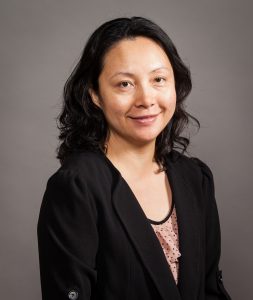by Melissa Pappas

Our body’s natural line of defense against infection and disease, as well as cancer, is our immune system equipped with T cells, a type of white blood cell that determines how we react to foreign substances, or antigens, in the body. While we have an arsenal of T cells to protect us from these various infections, some people lack certain T cells or simply do not have enough to fight off infections, such as the flu or HIV, or defend against the body’s own mutated cancer cells.
Understanding the diversity of T cells and which antigens they target can provide insight into developing personalized immunotherapy to help those patients with weak spots or gaps in their T cell community. Jenny Jiang, Peter and Geri Skirkanich Associate Professor of Innovation in Bioengineering, is characterizing this diversity.
Jiang recently received a Cancer Research Institute’s (CRI) Lloyd J. Old STAR grant to support her research on this topic. The CRI STAR grant identifies mid-career “Scientists TAking Risks” in innovative cancer immunotherapy research areas, providing freedom and flexibility to pursue high-risk, high-reward research with financial support of $1.25 Million over the course of five years.
Jiang spoke with CRI science writer Arthur Brodsky about her research and how the STAR grant will support it.
“In our studies of healthy individuals, who have some natural immune protection against commonly encountered viruses like the flu, we noticed that not everyone has T cells that cover all the possible antigens,” says Jiang. “There are differences in the number and types of flu-targeting T cells that each individual has. For some “exotic” antigens, like those of HIV for example, although the general population doesn’t actually have exposure to them, they should still have a very low level of minimum T cells that can offer some protection from possible future infection. So that part of our T cell arsenal acts as a safety net. But some individuals may completely lack those T cells. In those cases, as you can imagine, those people will have a hard time overcoming a future infection.”
Jiang describes how this is similar to how our bodies prevent cancerous tumor growth.
Read the full story in Penn Engineering Today.
